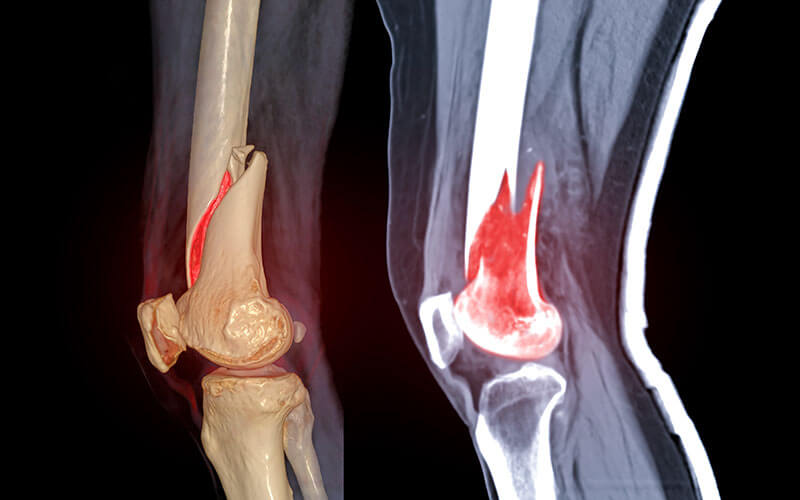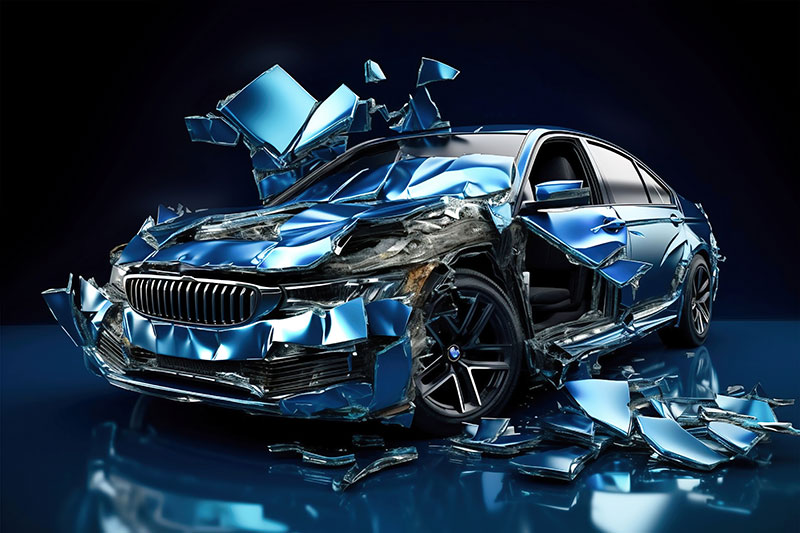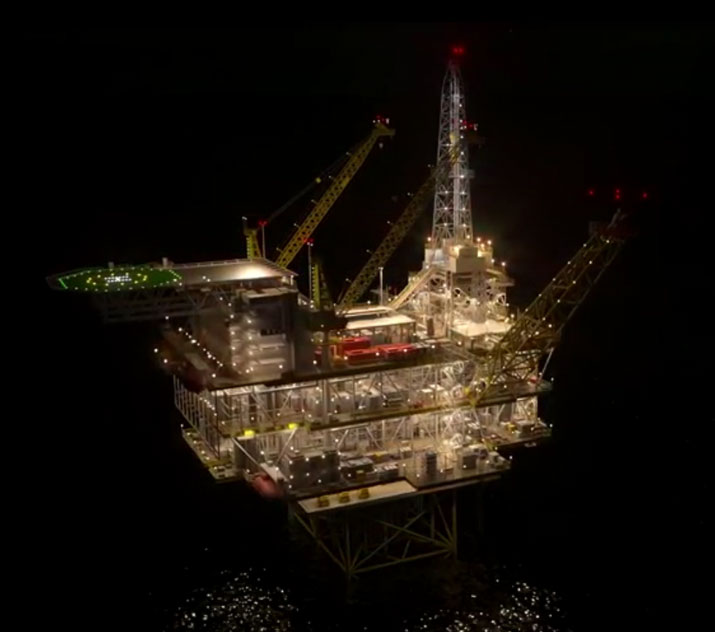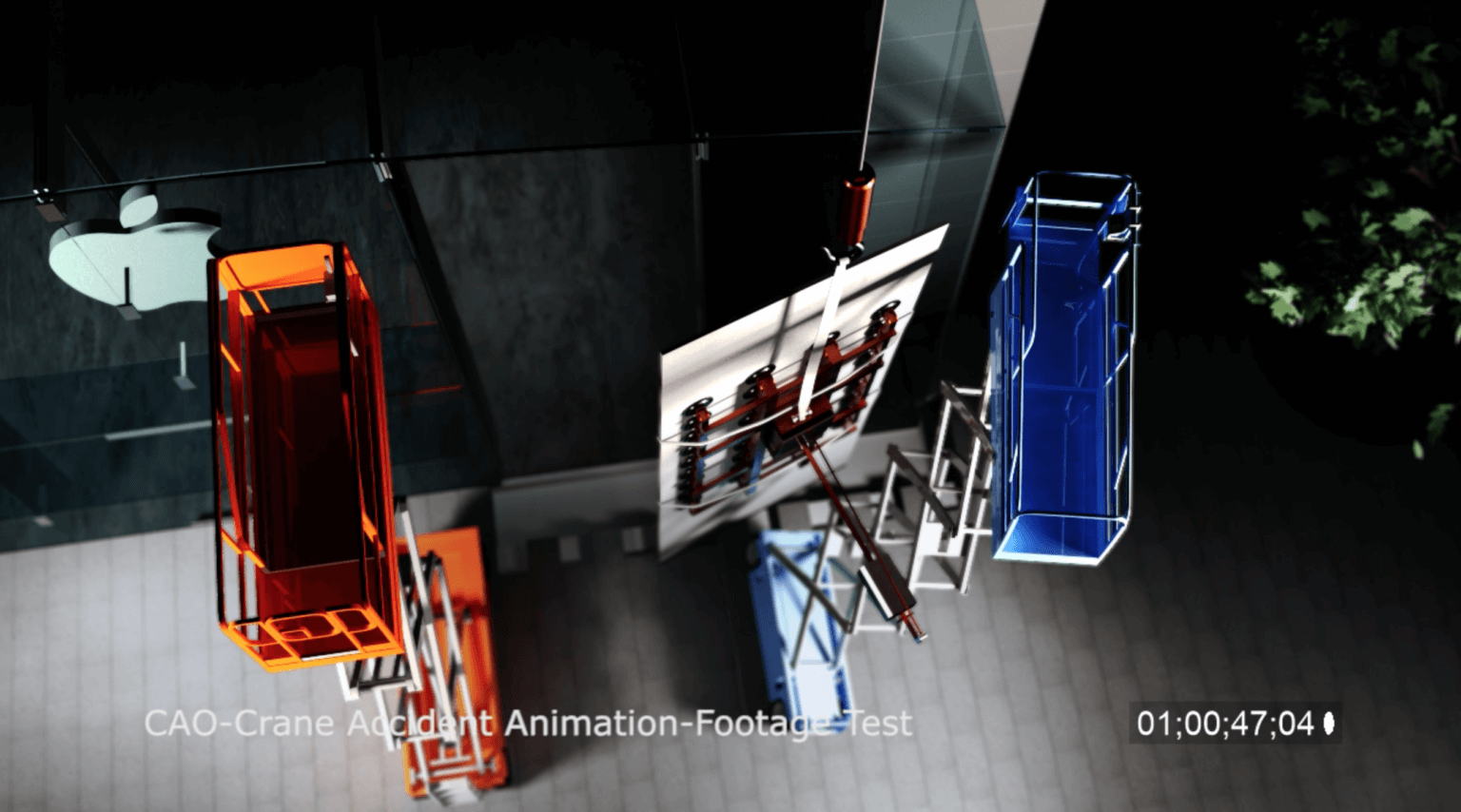A significant distinction lies in the fact that during the production phase, animated films necessitate a higher marginal cost for each additional shot compared to live-action films. In live-action filmmaking, it is relatively simple for a director to request another take during principal photography; however, in animation, every take must be meticulously rendered by animators manually (although advancements in computer animation have somewhat mitigated the tedium involved in rendering slightly different takes). Animation studios, such as Disney, recognized the futility of investing vast resources in employing numerous animators who spend extensive periods crafting visually stunning five-minute sequences that lack a proper plot progression. Consequently, they initiated the practice of establishing story departments in the 1930s. These departments employ storyboard artists who meticulously develop each scene through storyboards. Only after ensuring the coherence and significance of all scenes as a collective entity do they entrust the film to the animators. In contrast to animated films, which adhere more strictly to storyboards, live-action films possess greater freedom to deviate from the storyboard and engage in real-time improvisation.
Television animation gained significant popularity during the 1950s, coinciding with the widespread adoption of television sets in most advanced nations. Primarily targeted towards children, animated cartoons were conveniently scheduled and Saturday mornings often saw American youngsters devoting numerous hours to watching these shows. Numerous timeless animated shows experienced a revival on television, with the production of new animated cartoons transitioning from theatrical releases to television series by the late 1950s. Hanna-Barbera Productions stood out as a remarkably productive studio during this period, achieving immense success with notable series including The Flintstones (1960-1966), which became the first ever animated prime time series, Scooby-Doo (since 1969), and the Belgian co-production The Smurfs (1981-1989). The limitations imposed by American television programming, combined with the need to produce a large volume of content, led to the adoption of cost-effective and expedited techniques for limited animation, paired with increasingly formulaic scripts. As a result, the overall quality declined until the emergence of more audacious animation in the late 1980s and early 1990s. This revitalization of American animation was characterized by successful shows like the pioneering cartoon series, The Simpsons (1987), along with subsequent animated television programs such as The Simpsons (since 1989) and SpongeBob SquarePants (since 1999).
In 1955, Disneyland was established, showcasing a multitude of attractions inspired by Disney's animated characters. Its remarkable triumph led to the development of numerous additional Disney theme parks and resorts. Disney has frequently experienced higher earnings from their theme parks in comparison to their film ventures.



